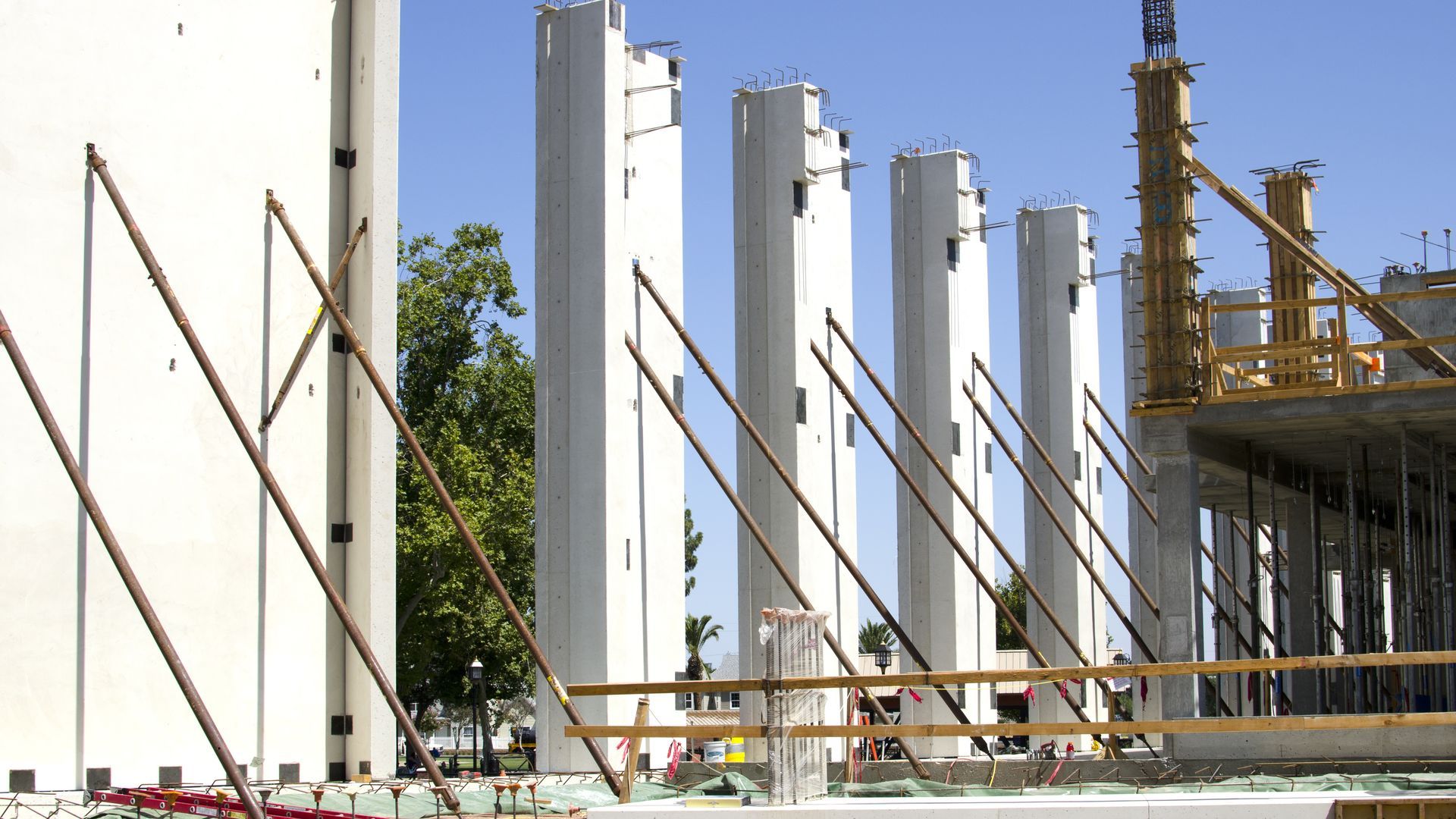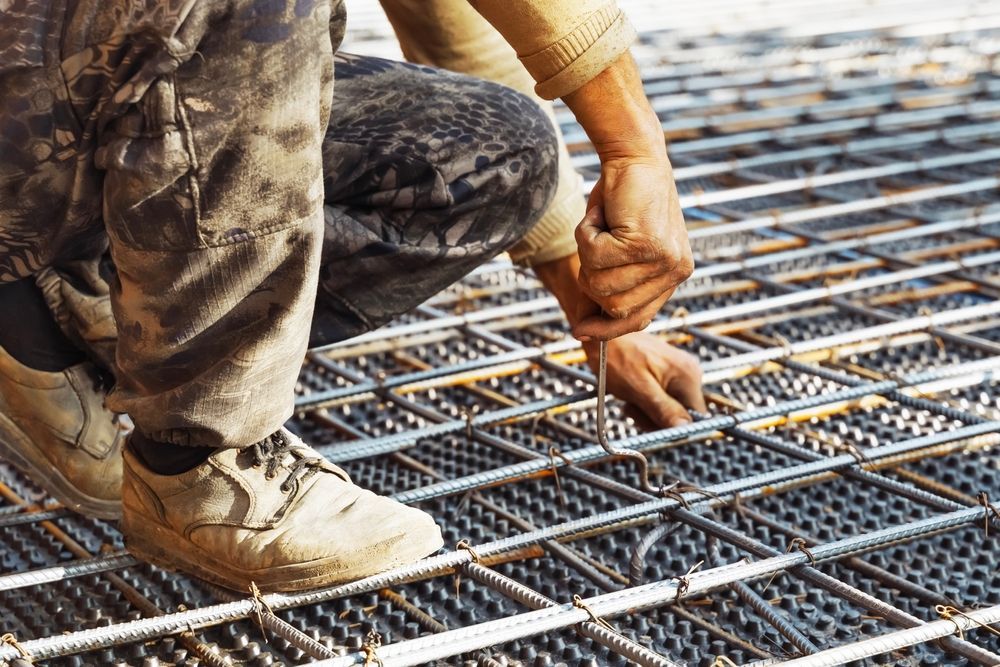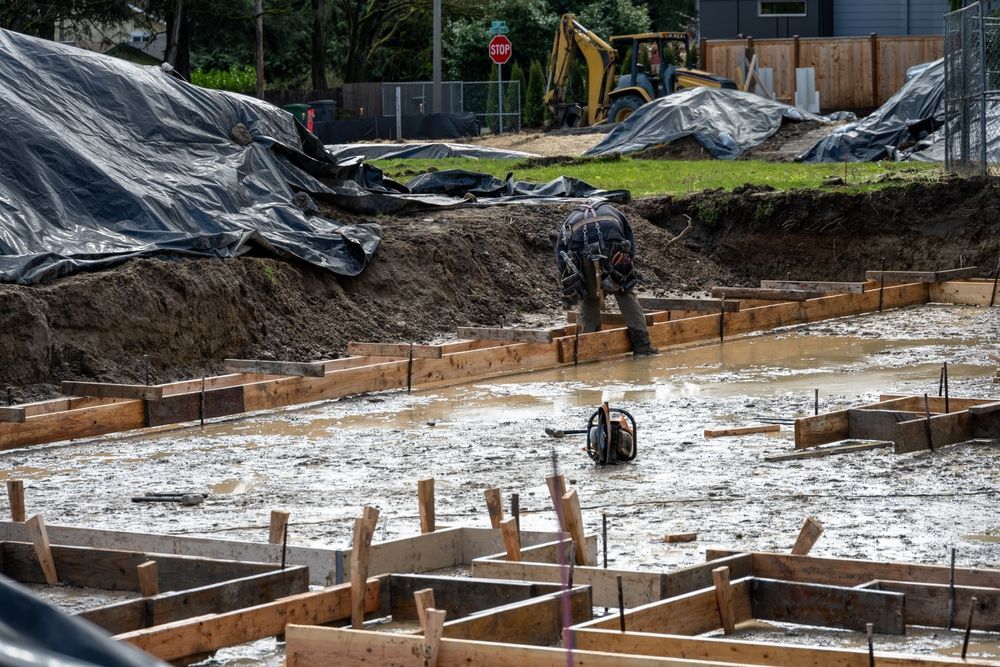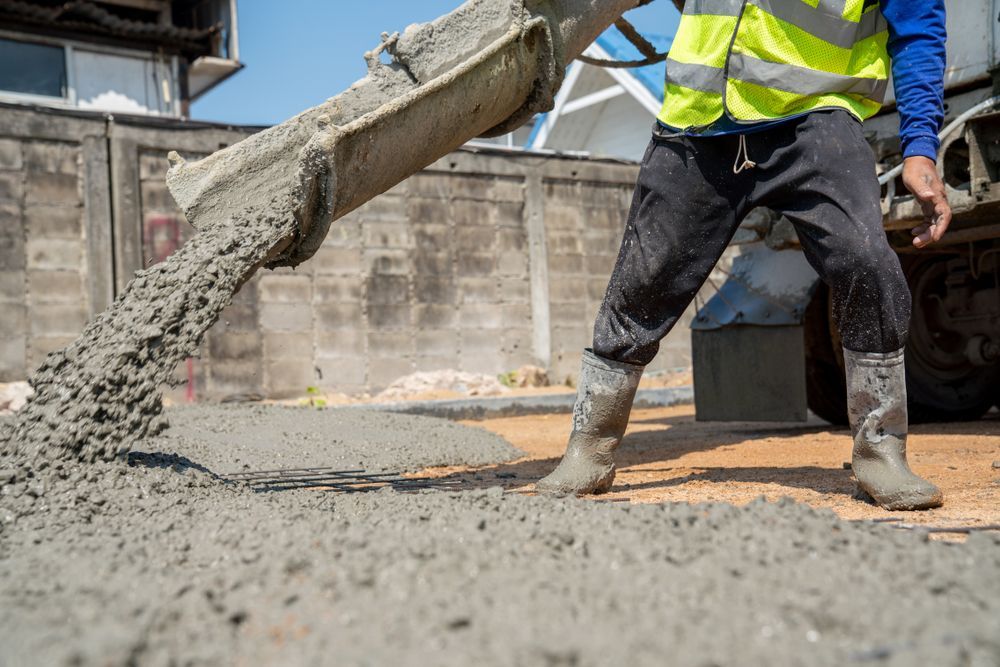Concrete Wall Braces 101: What They Are & Why You Need Them
When concrete walls are poured, they need stability while curing. Concrete wall braces hold them steady so the structure doesn’t shift, lean, or collapse. They’re a common part of many builds and a key tool for keeping crews safe. The right bracing setup also keeps jobs on track and avoids costly rework caused by movement or cracking.
What Are Concrete Wall Braces?
Concrete wall braces are temporary supports that hold poured walls in place while they cure. Made from steel or aluminum, they attach to
formwork and anchor into the ground to prevent movement. Contractors use them for foundations, basements, and tall vertical pours to keep walls straight and stable. Without bracing, walls can shift, bow, or collapse before they harden. Proper bracing also improves job site safety and reduces rework, especially when working on load-bearing or structural walls that need precise alignment.

The Importance of Concrete Wall Braces for Construction
Concrete wall braces keep curing walls stable, reduce movement, and help avoid costly alignment issues. They improve job site safety and support structural accuracy. Using the right bracing system protects both new construction and retrofit work, helping contractors stay on schedule and meet design specs.
Stabilize Foundation
Fresh concrete walls need restraint while curing to prevent movement that can lead to bowing, bulging, or collapse. Concrete wall braces hold walls steady, helping them set straight and strong. This matters even more on sites with uneven terrain or soft soil.
Having the right setup improves accuracy, speeds up work, and reduces the risk of costly problems later.
Prevent Water Damage
Misaligned or bowed concrete walls can lead to gaps and cracks where water seeps in. Over time, this can cause major problems such as mold, corrosion, and weakened structural areas. Concrete wall braces keep walls straight during the pour and prevent uneven settling that opens paths for moisture.
Bracing Systems provides braces that support tight seals and clean joints. This is key for waterproofing below-grade spaces like basements. Starting aligned helps prevent leaks and protects interiors from future water damage.
Improve Building Appearance
A straight wall looks clean and professional, but getting that result starts early in the process. Concrete wall braces help maintain even surfaces and crisp lines during curing. Secure formwork leads to smooth, square walls that are easier to finish.
Crooked or bowed walls often require time-consuming corrections. That adds labor and cuts into profits. Using quality bracing helps avoid those delays and supports the kind of work that earns repeat business.
Reinforce Older Buildings
Older structures often need extra stabilization when undergoing repairs or additions. Concrete wall braces can stabilize aging walls while new concrete is poured nearby or attached. They act as a temporary reinforcement, holding original sections steady during construction work.
Bracing also helps reduce stress on damaged areas during restoration or structural upgrades. Having the right gear in place keeps repairs safe and steady.
When to Use Concrete Wall Braces
Use concrete wall braces during early construction when walls are curing and need support. They’re important for large pours, tall walls, and load-bearing sections. Bracing helps prevent movement, improves safety, and keeps projects on track by reducing structural risk during curing.
Type of Foundation
Different foundation types call for different bracing needs. For example, poured basement walls often require bracing due to their height and exposure to soil pressure. Slab-on-grade foundations might need minimal bracing unless the site has poor soil or uneven grading. Crawl space foundations with partial walls can benefit from temporary reinforcement while block or formwork cures.
Matching the brace to the job helps avoid shifting and sets the structure up for long-term stability.
Foundation Size
Larger foundations typically mean taller or longer walls, which increases the need for more robust bracing. As wall height goes up, so does the pressure from wet concrete during the pour. That pressure can push formwork out of alignment if it’s not supported properly.
Projects with wide spans or multiple wall sections often need additional bracing points to hold everything steady while curing. The right brace size and layout help keep walls true and up to spec.
Types of Walls
The material, height, and placement of a wall will influence bracing requirements. Tall walls, retaining walls, and load-bearing walls need firm support to maintain shape and position. Thin or long-span walls are more likely to flex or tilt during curing if left unsupported.
Formed concrete walls, insulated concrete forms (ICFs), and hybrid systems may all benefit from different types of bracing.
How to Choose Concrete Wall Braces for Your Project
Choosing the right concrete wall braces depends on the size, type, and height of the wall, as well as site conditions. Taller walls or those exposed to wind or uneven ground may need stronger or additional braces. Look for adjustable systems that match your wall dimensions and are easy to set up and remove. Job speed, crew size, and bracing layout should also factor into the decision.
Bracing Systems offers a range of dependable braces that fit residential and commercial builds. If you're unsure what you need, our team can help you pick the right setup based on your pour.
Bracing Systems Has the Concrete Wall Braces You Need
Bracing Systems stocks the concrete wall braces contractors count on to keep walls stable and projects on schedule. Our inventory includes adjustable systems built for residential, commercial, and large-scale pours.
We understand the challenges on-site. That’s why we focus on supplying reliable gear, quick service, and support that keeps things moving. Our team is here to help you choose the right setup based on your wall height, pour size, and site conditions.
Contact us for the equipment and
advice that helps you build it right the first time.



